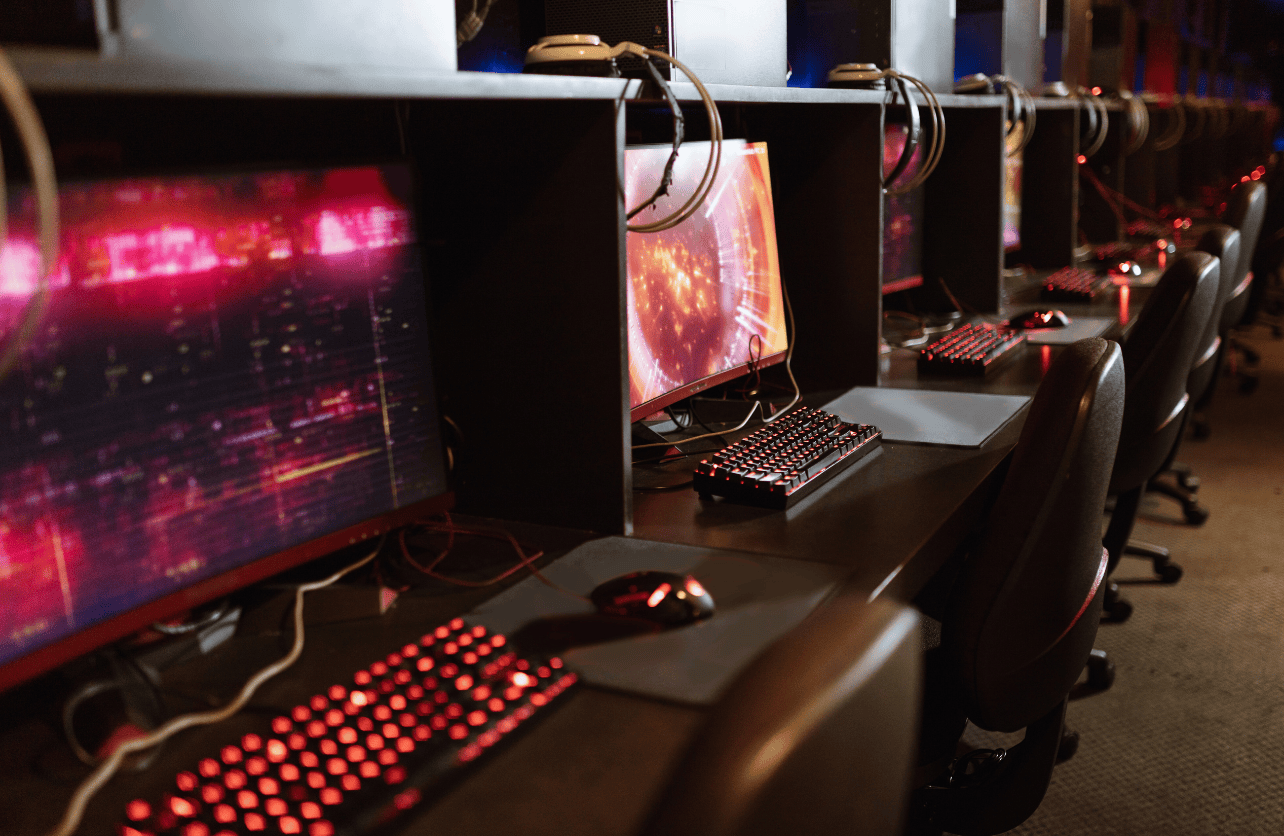How to Optimize Your Gaming PC for Ray Tracing Without Killing Performance

Ray tracing has transformed the way games look, bringing lifelike shadows, lighting, and reflections to the screen in ways we couldn’t have imagined a decade ago. But this visual fidelity comes at a cost. Ray tracing is notoriously demanding on hardware, and if your system isn’t optimized properly, your frame rates can drop hard, making even the best-looking games unplayable.
Whether you’re gaming on a high-end rig or trying to squeeze every bit of performance from a mid-tier setup, here’s how to optimize your PC for ray tracing so you can enjoy the eye candy without sacrificing smooth gameplay.
Make Sure Your GPU Can Actually Handle It
Ray tracing relies on specialized hardware. Not all graphics cards are equipped for it, so step one is checking your GPU.
NVIDIA users: RTX 20-series and newer (e.g., 3060, 4060, 4080) support real-time ray tracing with dedicated RT cores.
AMD users: RX 6000 and 7000 series cards have ray tracing support via Ray Accelerators. It is recommended to splurge for a 9000 series card for Ray Tracing though.
If you’re still using an older GTX card or something outside these families, you may technically be able to enable ray tracing, but the performance hit will likely be too severe for it to be worthwhile.
Turn On DLSS or FSR—Seriously
If you’re using an NVIDIA RTX GPU, enable DLSS (Deep Learning Super Sampling). It renders the game at a lower resolution and uses AI to upscale it, boosting performance with little to no visual loss.
AMD users should look for FSR (FidelityFX Super Resolution), which performs a similar trick. While DLSS generally offers better quality at lower performance cost, FSR is still a good fallback and is supported on a wider range of cards.
DLSS or FSR is arguably the single most effective way to balance ray tracing and high frame rates.
Be Selective With Ray Tracing Effects
Not all ray tracing features affect performance equally. Some are heavier on the GPU than others. Here’s what to keep in mind:
Ray-traced reflections look great but are performance hogs.
Shadows and ambient occlusion tend to be less taxing and still add noticeable depth.
Global illumination is the most realistic lighting feature but also among the most demanding.
If your system struggles, start by disabling ray-traced reflections first and test the difference.
Lower Non-Essential Graphics Settings
You don’t have to crank every setting to ultra to enjoy ray tracing. In fact, some traditional settings can be turned down to offset the cost of real-time lighting.
Consider adjusting:
Resolution: Dropping from 4K to 1440p or 1080p can significantly help.
Shadow quality: Use medium or low if you’ve enabled ray-traced shadows.
Anti-aliasing: If you’re using DLSS or FSR, you may not need this at all.
Post-processing effects: Turn off motion blur, film grain, lens flare, and chromatic aberration—they rarely enhance gameplay and eat up GPU cycles.
Keep Drivers and Game Patches Updated
GPU driver updates often include optimizations specifically for ray tracing in newer titles. Visit NVIDIA or AMD’s site regularly, or enable auto-updates through your GPU software. Also, keep your games patched—developers frequently release performance improvements and hotfixes for ray tracing stability.
Use Performance Monitoring Tools
Free tools like MSI Afterburner, HWMonitor, or built-in overlays (like NVIDIA’s GeForce Experience or AMD Adrenalin) can help you see what’s happening under the hood.
Monitor:
GPU and CPU usage
Temperatures
VRAM usage
Frame rates
This data helps identify where your system might be bottlenecking and what needs to be tweaked.
Experiment With Presets First
Many modern games include ray tracing presets—low, medium, high, or ultra. Start with “medium” or “balanced” and see how your system handles it. These presets are usually tuned to provide a good trade-off between visuals and frame rate and can be a useful jumping-off point for manual adjustments.
Consider Mild Overclocking (If You Know What You’re Doing)
Overclocking your GPU can squeeze out a little more power, which helps when running heavy features like ray tracing. But this isn’t for everyone—temperatures will rise, and stability must be tested. Make sure your cooling system is sufficient before experimenting.
If you’re comfortable, use tools like MSI Afterburner to slightly raise clock speeds and power limits.
Final Thoughts
Ray tracing is a visual game-changer, but it doesn’t have to come at the expense of smooth performance. You can enjoy stunning visuals without tanking your frame rate with the proper settings, especially DLSS or FSR, and a few smart trade-offs.
Start with what your hardware can realistically handle, work your way up, and remember: in most cases, balanced settings will deliver a better gaming experience than maxing everything out for screenshots.
Your Trust, Our Core Commitment
At Rising Tech, earning and maintaining your trust is the cornerstone of our mission. We're dedicated to transparency, impartiality, and the relentless pursuit of truth in every article, review, and recommendation we publish. Our commitment to these principles ensures that you, our valued reader, are always equipped with reliable and unbiased information. Let us be your trusted guide in the ever-evolving world of technology.